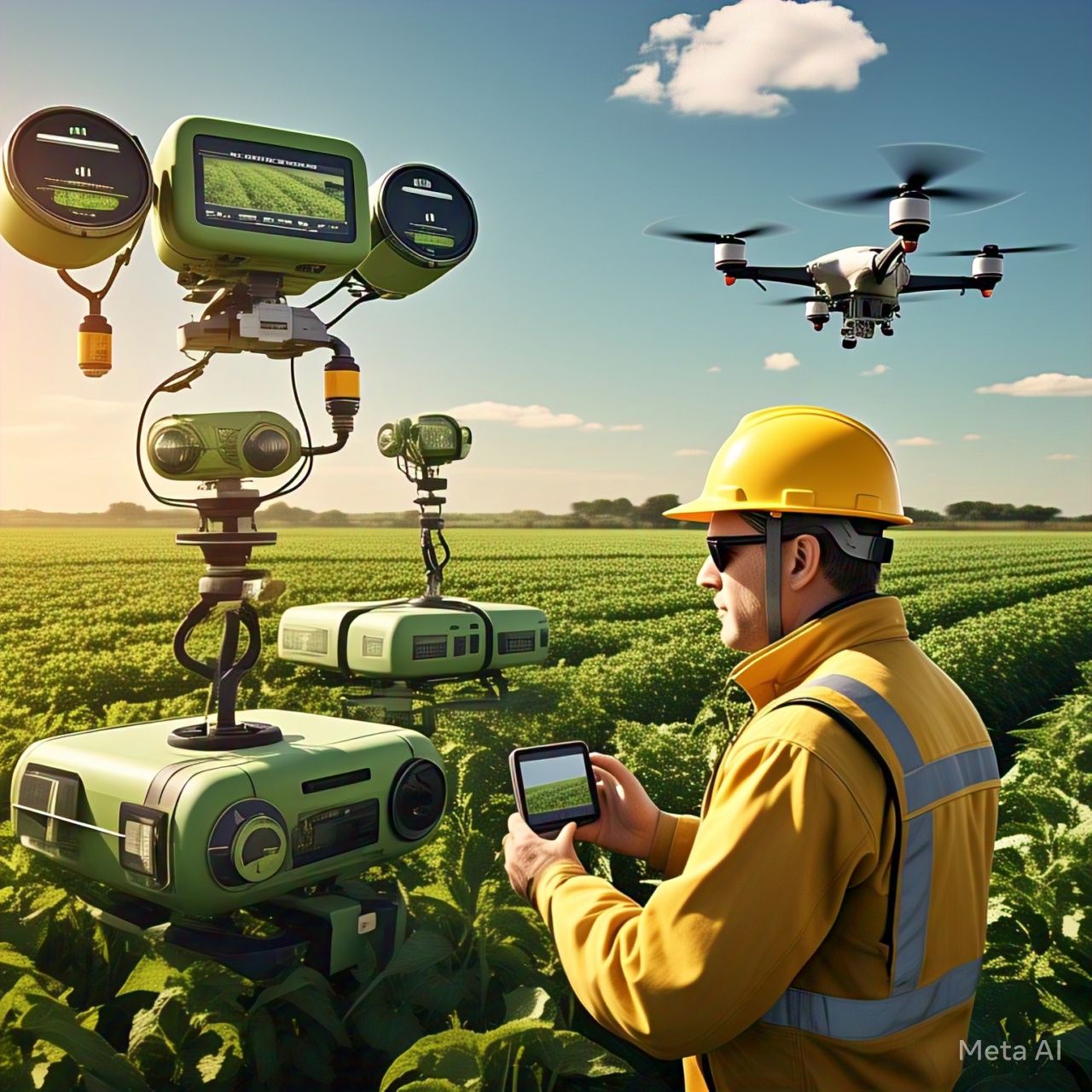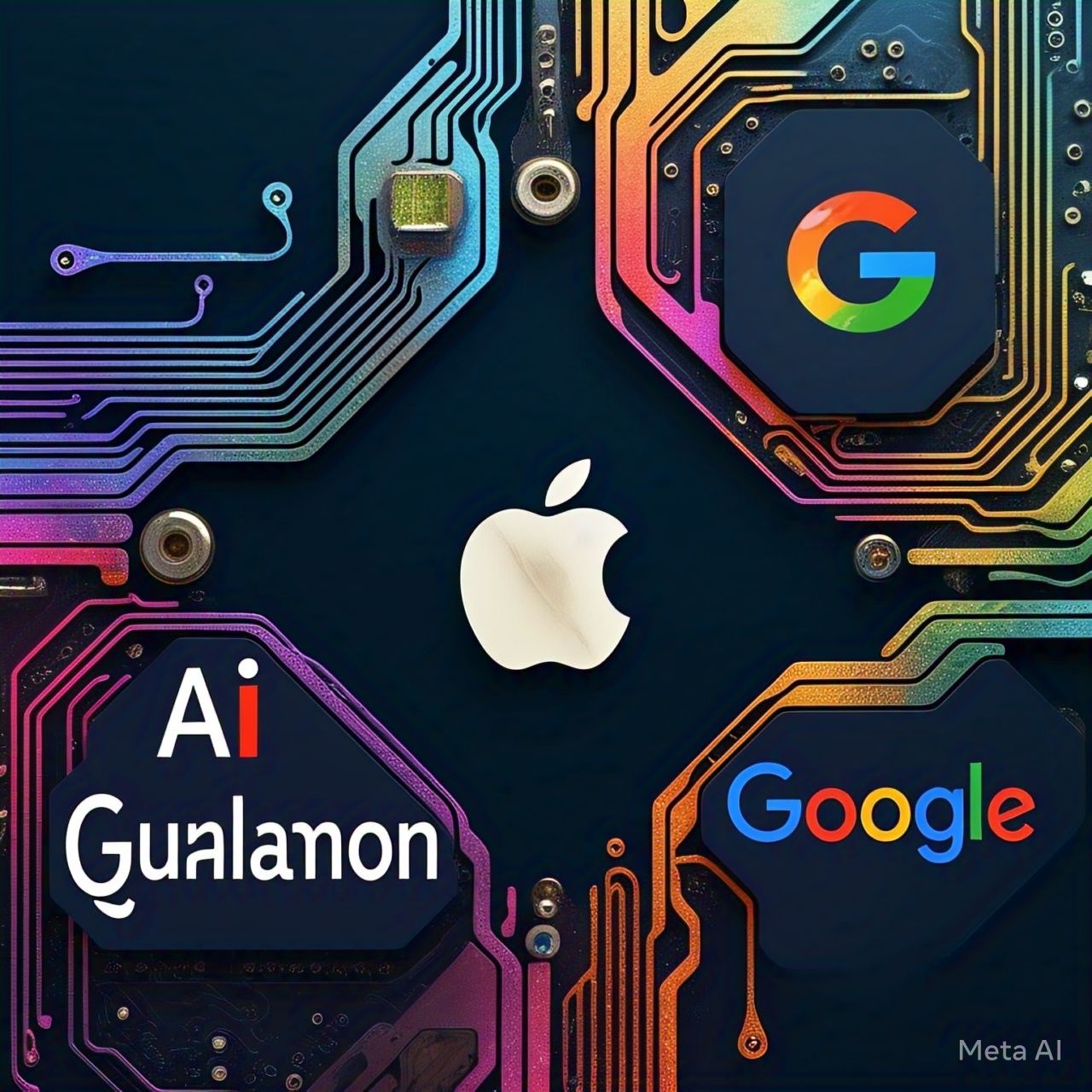Introduction
The rise of artificial intelligence (AI) has traditionally been powered by large-scale cloud computing. However, mini AI models are now revolutionizing edge computing by bringing real-time intelligence directly to devices. This shift reduces latency, enhances privacy, and enables AI to function efficiently in low-power environments.
The Need for AI on the Edge
1. Reducing Latency for Real-Time Processing
AI applications such as autonomous vehicles, security systems, and smart devices require immediate responses. Edge AI eliminates delays by processing data locally rather than relying on cloud servers.
2. Enhancing Data Privacy and Security
By running AI models on devices rather than transmitting data to remote servers, sensitive information remains secure, reducing the risk of cyber threats and breaches.
3. Lowering Bandwidth and Cloud Costs
Edge AI minimizes the need to transfer large amounts of data over the internet, leading to reduced bandwidth usage and lower cloud service expenses.
4. Power Efficiency and Sustainability
Mini AI models consume significantly less energy, making them ideal for battery-operated IoT devices, wearables, and mobile applications.
Technologies Driving Edge AI
1. Model Compression Techniques
- Pruning: Removes unnecessary connections in neural networks to reduce model size.
- Quantization: Converts high-precision numbers to lower precision for efficiency.
2. Lightweight Neural Architectures
- Models such as MobileNet, TinyML, and EdgeTPU optimize AI for resource-constrained environments.
3. On-Device Machine Learning
- AI models are trained and deployed directly on hardware, eliminating the need for cloud connectivity.
4. Federated Learning
- AI learns across multiple edge devices without sharing raw data, ensuring privacy and personalization.
Real-World Applications of Edge AI
1. Smartphones and Wearables
- AI-powered personal assistants, fitness tracking, and voice recognition operate seamlessly on-device.
2. Autonomous Vehicles and Drones
- Real-time object detection and navigation enable self-driving cars and drones to make split-second decisions.
3. Healthcare and Remote Monitoring
- AI-enhanced medical devices provide real-time diagnostics and monitoring without relying on cloud processing.
4. Smart Manufacturing and Industrial IoT
- AI-driven predictive maintenance and automation optimize industrial operations at the edge.
The Future of Edge AI
As AI technology continues to evolve, edge computing will play an even larger role in everyday life. Future developments in mini AI models will bring:
- Greater efficiency in AI-powered devices.
- Expanded AI applications across industries.
- Enhanced privacy and security measures.
Conclusion
Mini AI models are redefining the landscape of edge computing by making AI faster, more private, and more cost-effective. As these technologies advance, businesses and consumers alike will benefit from intelligent systems that operate seamlessly, without dependence on cloud-based infrastructure.




